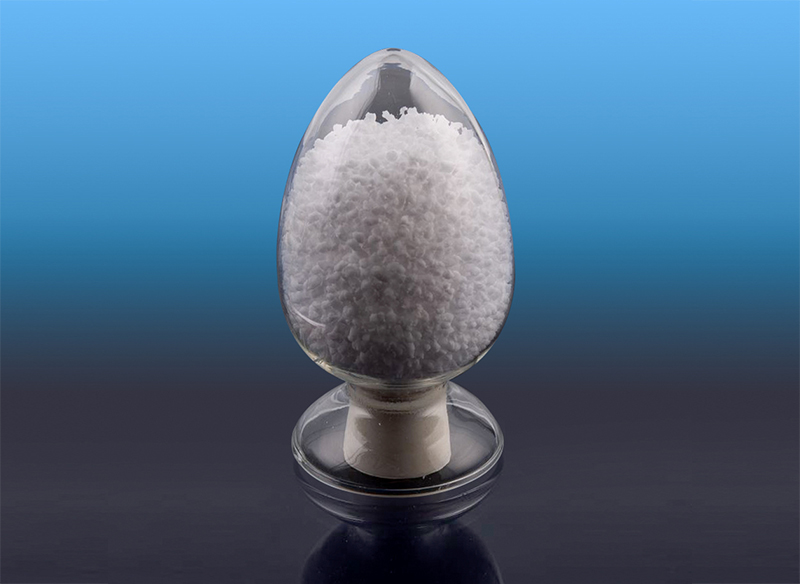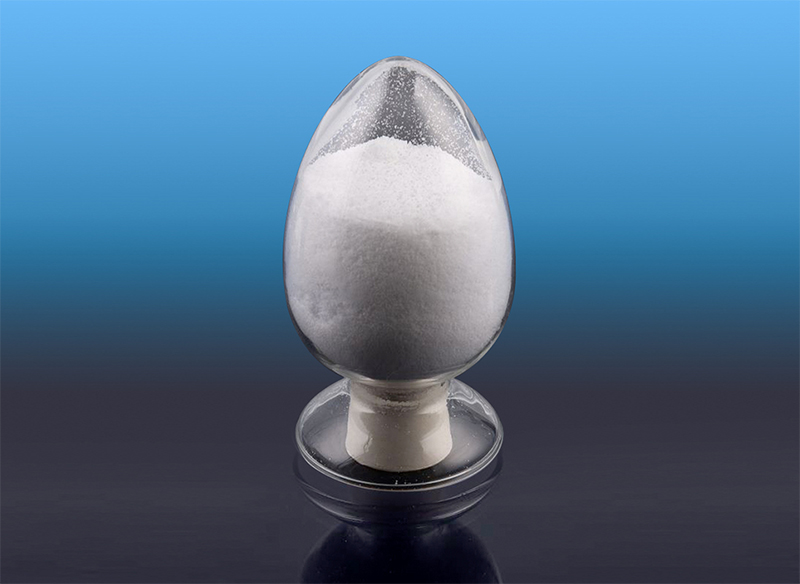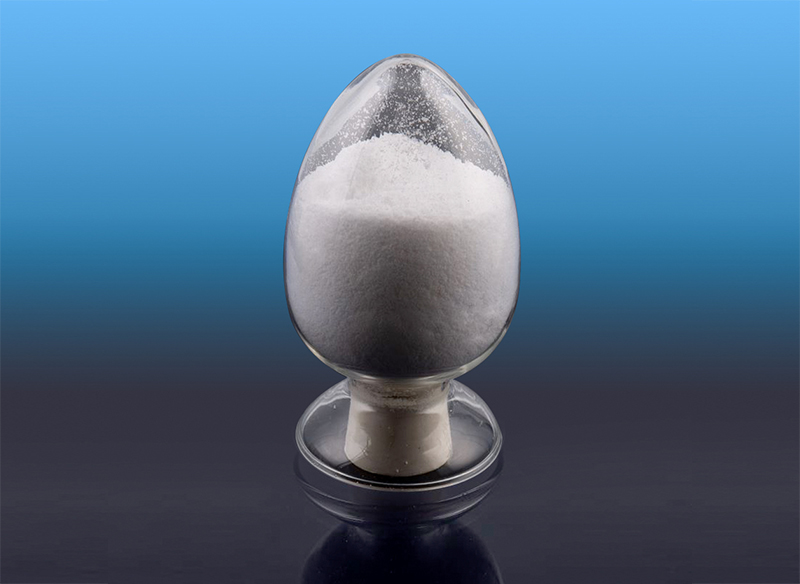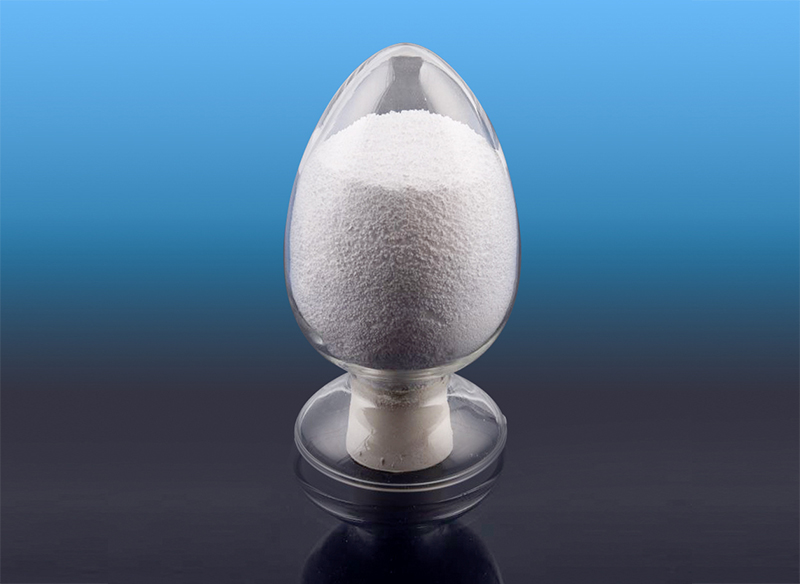Common Industrial Applications of Hydrogenated Styrene-Butadiene Block Copolymers
Hydrogenated styrene-butadiene block copolymers (HSBCs) are advanced materials that combine the resilience of synthetic rubbers with the durability of engineering plastics. By hydrogenating the double bonds in styrene-butadiene block copolymers, these materials gain improved thermal stability, resistance to weathering, and enhanced mechanical strength. This balance of elasticity, toughness, and chemical resistance has made HSBCs valuable in a wide range of industries. Below are the most common industrial applications where these copolymers play a critical role.
1. Automotive Industry
The automotive sector is one of the largest consumers of hydrogenated styrene-butadiene block copolymers. Their outstanding elasticity, low-temperature flexibility, and resistance to oil and fuels make them suitable for multiple uses, including:
- Seals and gaskets: They provide long-lasting sealing performance under fluctuating temperatures and pressures.
- Interior parts: HSBCs are applied in soft-touch dashboard coatings, door trims, and vibration-damping components.
- Tires and adhesives: Blended with other elastomers, they improve grip, durability, and rolling resistance, contributing to both safety and fuel efficiency.
The ability of HSBCs to maintain properties under UV exposure and heat cycling makes them especially valuable in automotive applications where longevity and performance are critical.
2. Adhesives, Sealants, and Coatings
HSBCs are widely used in pressure-sensitive adhesives (PSAs) and hot-melt adhesives due to their strong tackiness, cohesive strength, and resistance to aging. Applications include:
- Packaging tapes and labels requiring long-term adhesion without degradation.
- Bookbinding, woodworking, and product assembly adhesives where durability and flexibility are essential.
- Construction sealants and coatings that withstand weather exposure while maintaining elasticity.
Their hydrogenated structure ensures minimal discoloration and oxidation, making them superior to non-hydrogenated alternatives in long-term stability.
3. Medical and Healthcare Applications
In the medical field, HSBCs are valued for their biocompatibility, transparency, and ability to withstand sterilization processes. They are often used in:
- Medical tubing and films that require flexibility, clarity, and non-toxicity.
- Injection-molded medical device components where precision and durability are important.
- Elastic films and bandages offering comfort and hypoallergenic performance.
The reduced unsaturation from hydrogenation enhances resistance to body fluids and environmental factors, making these copolymers safer for medical environments.
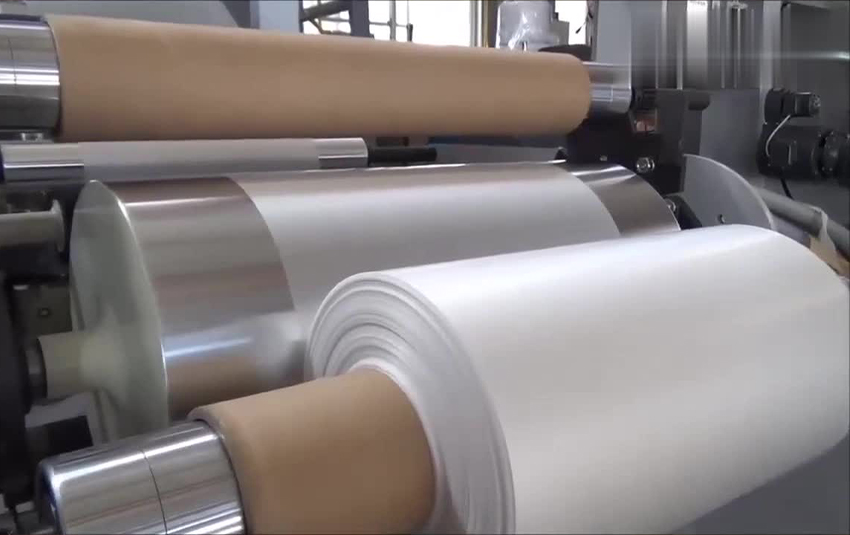
4. Consumer Goods and Packaging
HSBCs provide elasticity and toughness that are advantageous in consumer-oriented products. Common examples include:
- Footwear soles and components that demand flexibility and long-term wear resistance.
- Sporting goods where impact absorption and durability are necessary.
- Food packaging films and containers that benefit from clarity, strength, and compliance with safety regulations.
Their balance of softness and toughness allows manufacturers to replace traditional rubber or PVC with a more sustainable and high-performing alternative.
5. Industrial and Construction Uses
In industrial environments, HSBCs are used for their mechanical strength, chemical resistance, and weatherability. They are commonly found in:
- Flexible roofing membranes and waterproofing layers that maintain performance in harsh outdoor conditions.
- Modified bitumen products for roads and pavements, improving elasticity, durability, and resistance to cracking.
- Hoses, belts, and vibration-damping components in heavy machinery where both flexibility and resilience are needed.
These applications take advantage of HSBCs’ ability to perform under stress while resisting degradation from oils, ozone, and heat.
6. Electronics and Wire & Cable
With growing demand for durable and flexible insulating materials, HSBCs are increasingly used in:
- Wire and cable insulation where electrical resistance, flexibility, and heat stability are critical.
- Protective coatings for electronic devices that require impact and abrasion resistance.
Their non-crystalline, flexible nature allows them to meet modern electrical insulation standards while maintaining long service life.
Conclusion
Hydrogenated styrene-butadiene block copolymers have become indispensable in industries ranging from automotive and construction to medical devices and consumer goods. Their hydrogenated structure provides enhanced stability, resistance to oxidation, and improved mechanical properties compared with non-hydrogenated styrene-butadiene copolymers. By delivering both performance and durability, HSBCs continue to expand their role in industrial applications that demand reliability, longevity, and adaptability to challenging environments.
As material science evolves, the versatility of HSBCs ensures they will remain central to innovation in both traditional and emerging industries.

